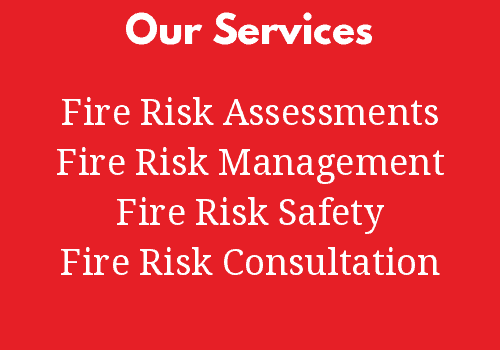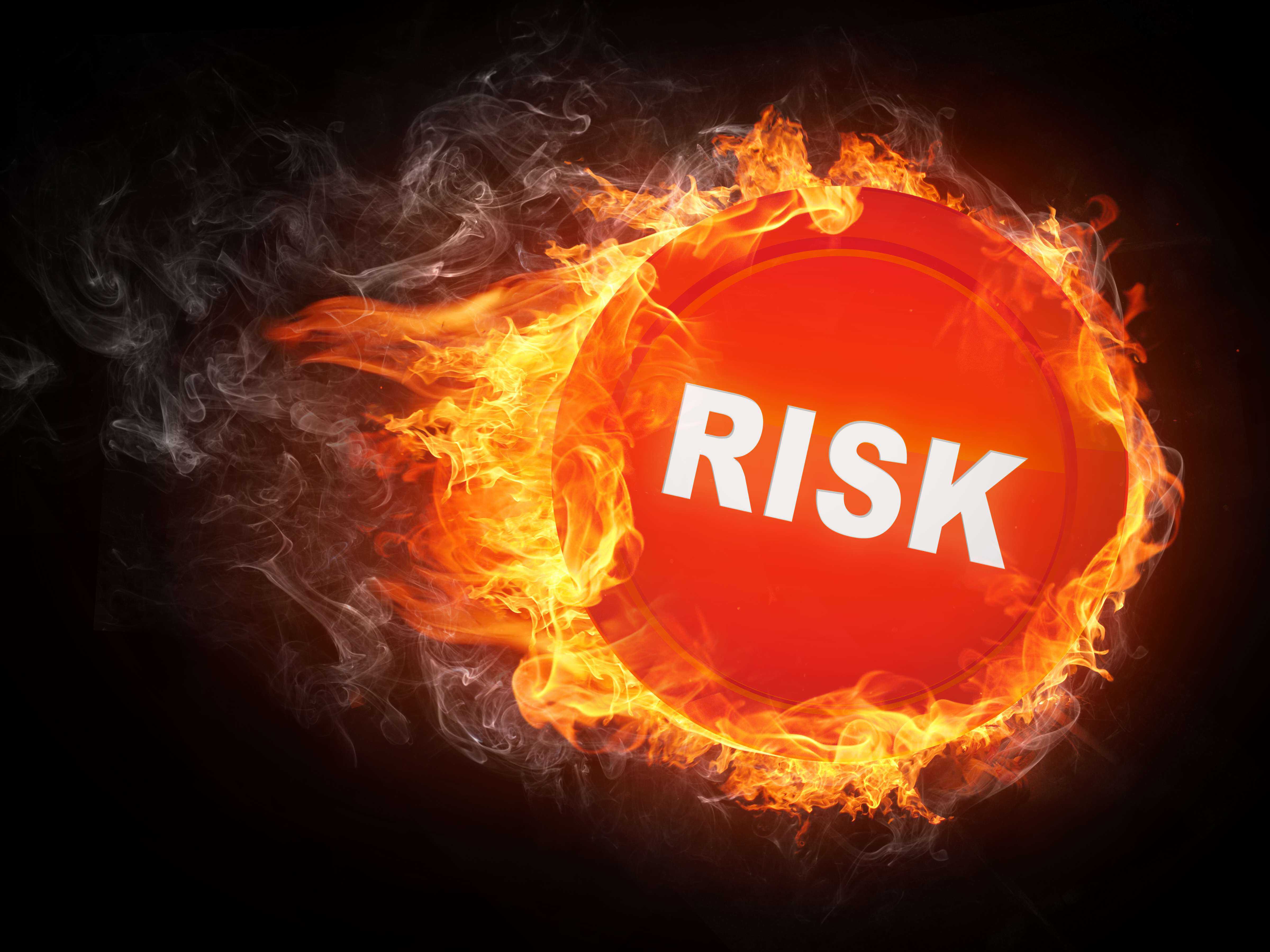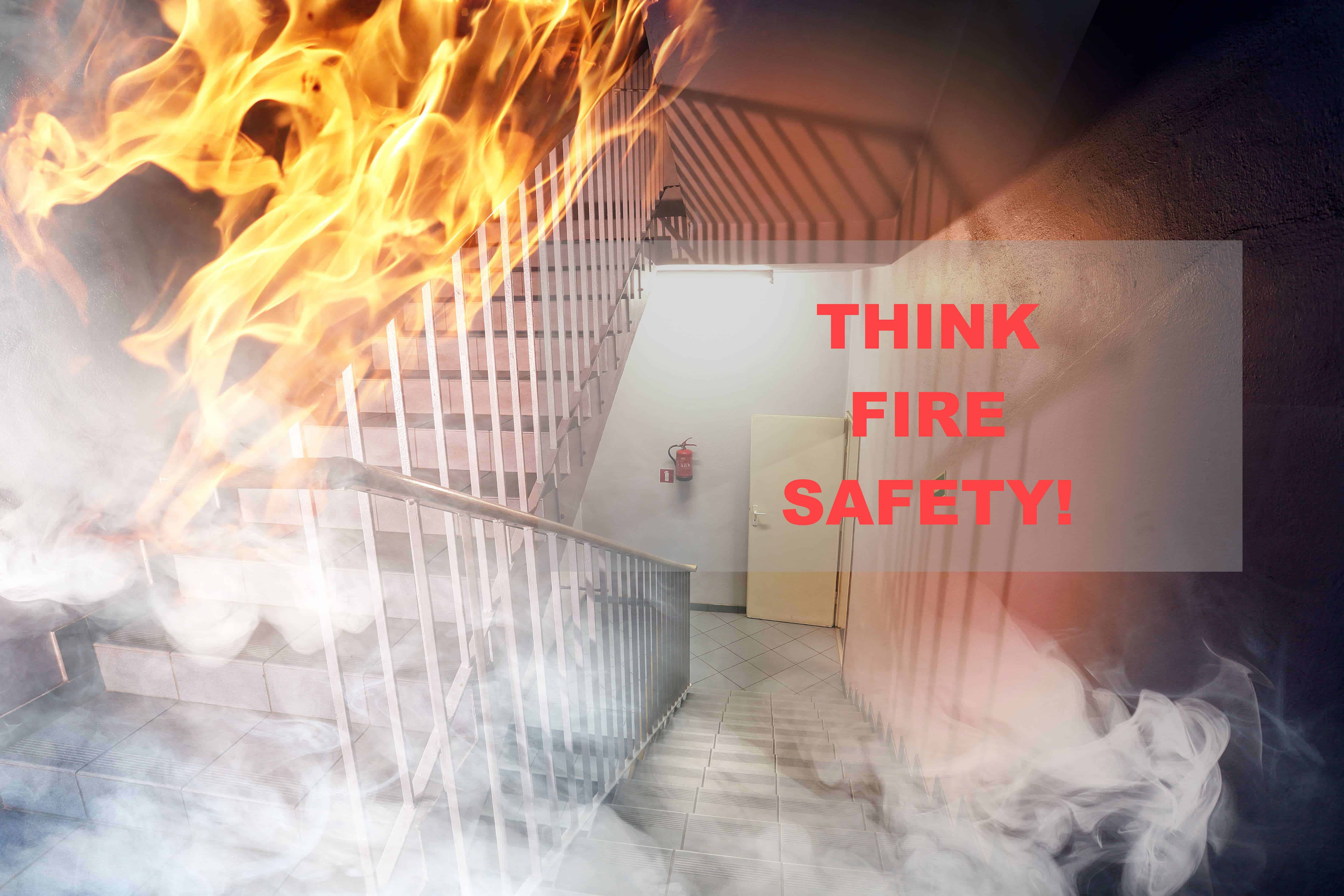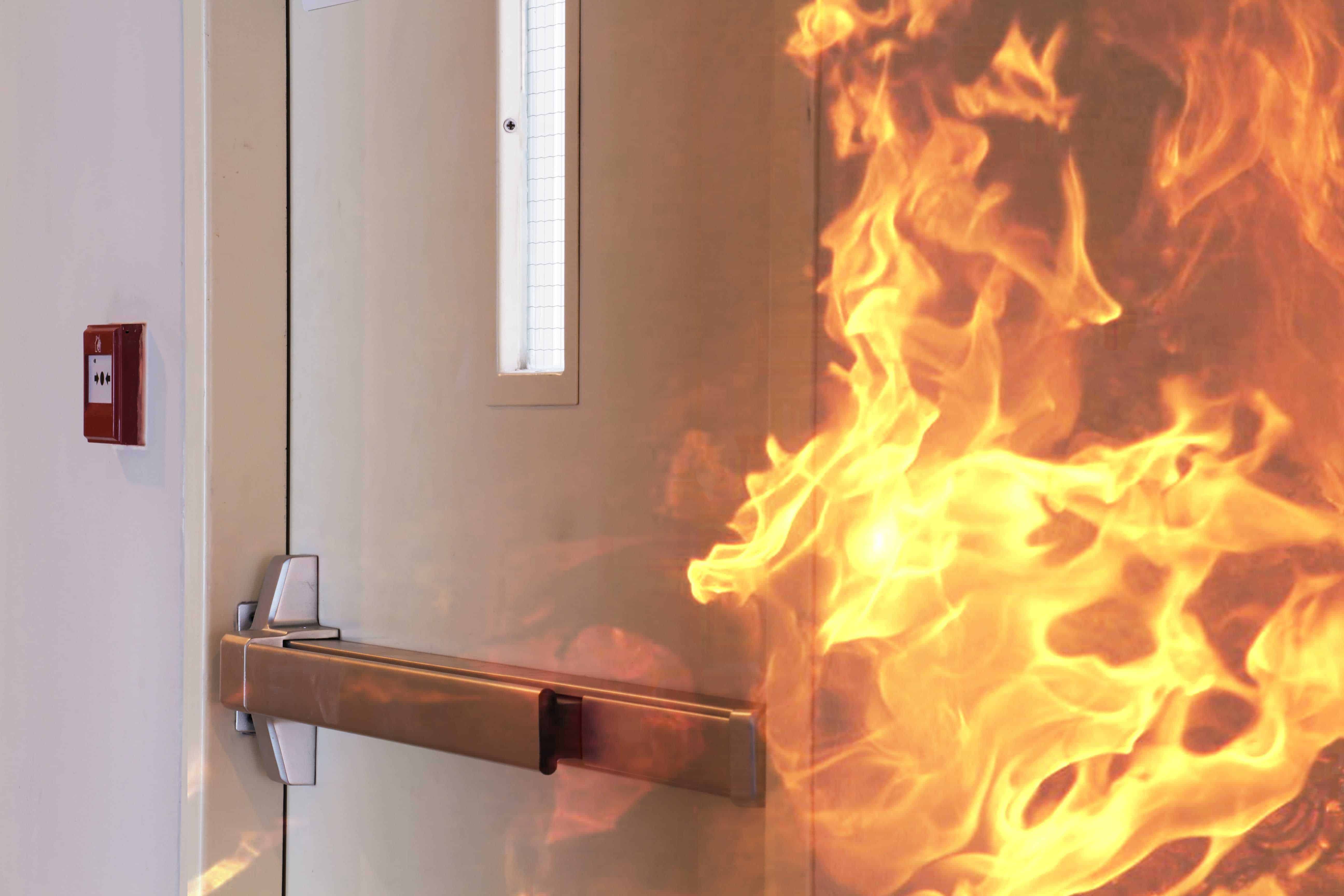Fire Safety Regulations
The Regulatory Reform (Fire Safety) Order 2005 gathers all fire safety legislation in England and Wales. All commercial or non-domestic properties fall under these fire safety regulations. Statistically, there are over 20,000 non-domestic fires in the UK every year. Therefore, the need to meet fire safety regulations is to be taken very seriously. Here is a simplified guide to fire safety legislation in the UK:
- The Responsible Person. In the UK, all businesses must designate a responsible person that will ensure specific duties are carried out and adequate action is taken to prevent fires, as well as injury and death if and when fires occur. Typically, the responsible person works with a fire safety company to make sure the business complies with existing fire safety regulations.
- The Fire Risk Assessment. A fire risk assessment is mandatory to be written down for all businesses exceeding 4 employees. It is not mandatory to have a professional fire risk assessor write the fire risk assessment, but it is safer to work with such an assessor in order to make sure you minimise the risk of fire, injury, property damage, or death
- The Fire Extinguishers. All non-domestic premises must be equipped with appropriate fire-fighting equipment, which, in most cases, consists of portable fire extinguishers. Sprinklers or hose reels may be required for businesses with a higher fire risk. Fire extinguishers must meet certain regulations, including certification to industry standards.
- Fire Safety Signs. Another important aspect of fire safety regulation refers to equipping your business with a minimum of 2 fire safety signs, i.e. Fire Action Notice and Extinguisher ID sign. Other fire safety signs include fire exit signs, fire alarm call point signs, other fire equipment signs (a dry riser, a hose reel), as well as warning and prohibition signs.
- Fire Alarm Systems. The fire safety regulations in the UK state that all businesses must be equipped with adequate fire alarm systems. There are many rules to follow when it comes to fire alarm systems, which is why it’s best to work with a fire risk management company in this respect.
- Emergency Lighting. Emergency lighting delivers light when normal lights fail. The role of emergency lighting is multifaceted in the event of a fire, including illuminating exit routes and helping find fire-fighting equipment, keeping communal areas lit to reduce panic, or ensuring light to allow shutting down potentially dangerous processes in a fire.
- Fire Safety Training. It is crucial that your staff knows how to handle themselves in case of fire. Asa result, fire safety training is essential, and it involves refresher training delivered regularly, fire safety training updates, regular fire drills. Fire safety training also includes appointing people, often known as Fire Marshals or Wardens, that will know what to do in case of a fire, including using fire extinguishers, contacting the emergency services, or assisting with the evacuation. Fire Marshals should be trained by fire safety professionals.
Get in touch today to find out more about how our fire risk assessments can benefit your business!
Give us a call or fill in our easy to use online quote form









Our Accreditations

